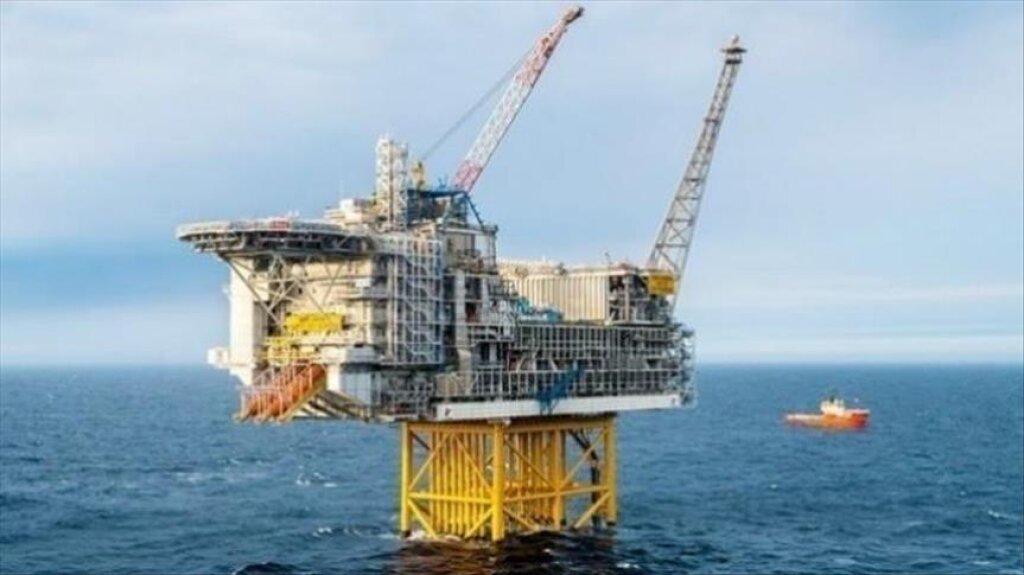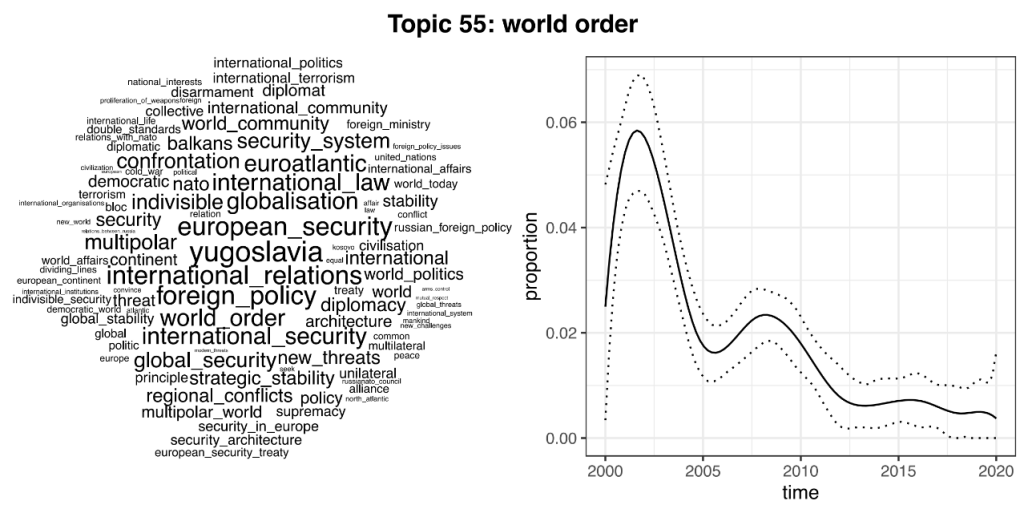The following was originally posted to The Monkey Cage.
Nicholas Trickett holds an MA in Russian and Eurasian studies from the European University in St. Petersburg and is a senior editor for FPRI’s Bear Market Brief. Follow him on Twitter: @ntrickett16
As Vladimir Putin enters his next term, it’s virtually certain Russia’s presence and engagement in the Middle East will continue and deepen — in large part because the state budget is heavily dependent on oil revenue. Here’s the story.
Russia depends on oil revenue to finance both military and social spending. Rather than risk major reforms at home, Putin is likely to rely on Russia’s earnings from oil taxes and revenue — about half of Russia’s federal budget.
That means that Russia is in the Middle East for the long haul.
Oil markets shifted eastward
In 2013, oil consumption in developing countries exceeded consumption in developed nations for the first time. Demand in Asia-Pacific countries, particularly China, now drives global oil markets.
Russia’s largest state oil company, Rosneft, closed a massive supply deal with Beijing in June 2013. The deal, estimated to be worth $270 billion over 25 years, set up the construction of newer pipelines and expansion of existing ones linking Russia with China and other Asia-Pacific markets.
Rosneft has since signed further supply deals with Chinese firms to sell hundreds of thousands more barrels of oil per day, making Russia China’s biggest oil supplier. Moscow is trying to show the United States and the European Union that it can turn elsewhere for revenue and political support.
But Europe is still the biggest customer
Europe remains the most important market for Russian energy producers, consuming roughly 70 percent of Russia’s crude oil and petrochemical exports. Increased sales to China or Asia require parallel increases in oil production in Russia to maintain its share of Europe’s market.
Rosneft signed deals late last year to nearly double the volumes of oil it sells to China via Kazakhstan. But this meant that Rosneft had to use more oil from Western Siberia, which normally is directed toward Europe.
Oil is a bit like whiskey. Its characteristics vary depending on where it’s produced — so different oils frequently are blended to create a consistent product. Russia exports a blend of lighter oil from Western Siberia and heavier oil from its Ural and Volga regions to Europe.
By using more Western Siberian oil for China-bound exports, Rosneft had to “cut” its European-bound blend with more heavy oil. European refiners have since threatened to renegotiate contracts and reduce purchases of Russian crude because heavier oil has more impurities.
Oil exports were up 1 percent overall, but pipeline exports to China rose 40 percent in 2017. Oil production is expected to roughly hold steady into the early 2020s. Without production growth, Russia’s ability to maintain supplies to Europe will be stretched.
This potentially leaves European customers shortchanged — Russia needs oil from somewhere else. Most of its newer production is located closer to China and Asian markets than Europe.
Securing supplies
Sanctions have had relatively little impact on production, but oil prices matter a lot. When they rise enough, a wide range of Arctic projects meant to provide future supplies to Europe and Asia become profitable. Since mid-2014, prices generally have been lower.
Sanctions limit investments and imports of technology for offshore and deepwater Arctic projects, limiting Russian companies when prices are higher.
In response to prices and sanctions, Russia has increased domestic production by changing taxes and focusing on cheaper projects, including Arctic onshore projects that are easier to develop.
The overall situation has pushed Russian firms abroad. Production costs are lower in the Middle East and they serve European markets. Covering shortages for its European customers, Rosneft began to make deals in the region.
In February 2017, Rosneft closed a deal with Libya’s National Oil Corp. to buy Libyan oil for customers in Europe.
The company helped Iraqi Kurdistan secure $3 billion in loans, to be repaid in future oil sales. Late last year, Rosneft agreed to take a controlling stake in Kurdistan’s oil pipeline running to Turkey and became a mediator for conflicts between Baghdad and the regional government in Irbil.
Lukoil, a privately owned Russian oil firm, began pursuing projects in Iran and southern Iraq for similar reasons. Its goal is to supply larger volumes to fast-growing oil markets like India and to acquire assets that are cheaper to develop.
The deals in Libya and Kurdistan help keep Russia’s deals with Europe afloat. Russia can also use political engagement — arms sales, diplomatic outreach and loans — to negotiate better terms for future investments.
This allows Moscow to mix state with corporate resources to acquire stakes in future oil projects. Rosneft employed the strategy of swapping loans for assets to great effect in Venezuela, for example.
Russia’s firms are doing their best to maintain dominance on the European market while expanding their role on Asian markets despite constraints on production in Russia.
Securing prices
Russia’s state budget is tied closely to oil taxes and revenue. And this helped drive Moscow to cooperate with Saudi Arabia and OPEC to cut oil production for a simple reason — to boost the price of oil.
The state Duma passed Russia’s 2017-2019 budget 24 hours before Energy Minister Alexander Novak formally announced Russia’s commitment to work with OPEC and Saudi Arabia to push oil prices higher.
Russia’s budget avoids deficits as long as oil holds at no less than $53 a barrel. Crude prices now sit between $60 and $70.
But production cuts are running up against a new reality: rising U.S. oil production. According to the International Energy Agency, U.S. production is likely to exceed Russia’s by the end of 2019. Further, the cuts limit Russian firms’ ability to increase production down the line.
This puts the United States in the driver’s seat to export more oil to Europe and the Asia-Pacific and to keep prices lower.
Riyadh and Moscow are now in talks to create a 10- to 20-year agreement to try to keep prices higher. As an added incentive for Moscow, Saudi Arabia could also provide financing and technology the West will not.
Where is Russia heading?
The Kremlin moved against the West in the Middle East by involving itself in the Syrian conflict, but shifting energy markets, low oil prices and Western sanctions pressure also pushed it toward Middle East oil. Putin’s failure to reform the Russian economy means oil revenue remains key to economic and political stability.
Even though its oil companies are resilient, Russia is in the Middle East to stay.



